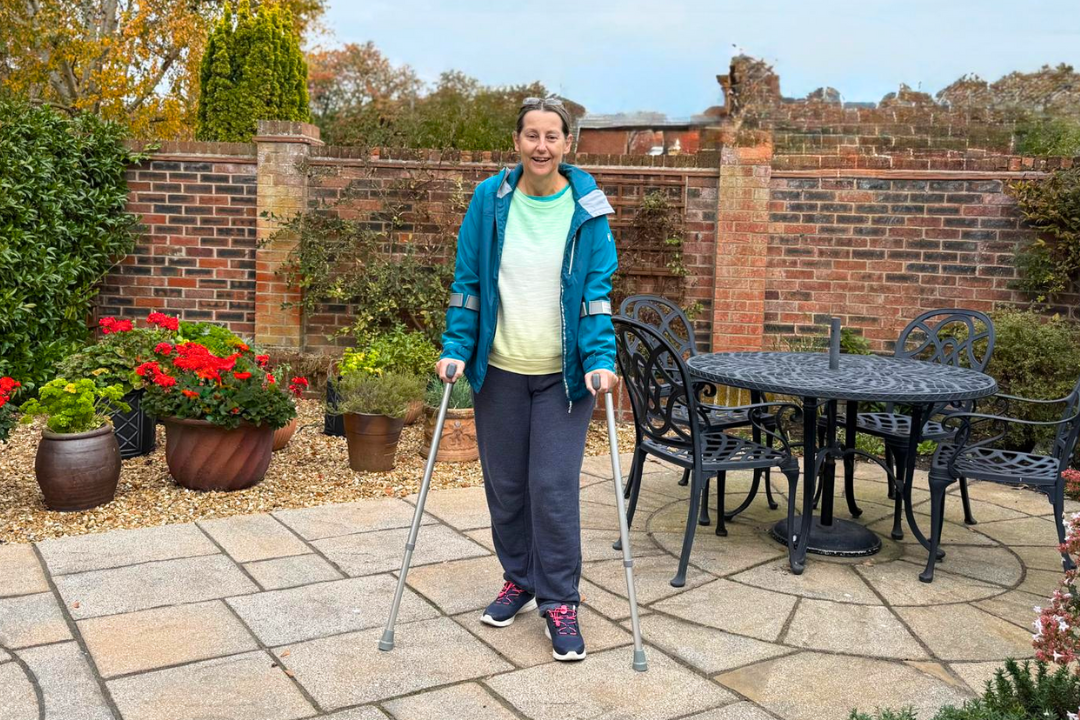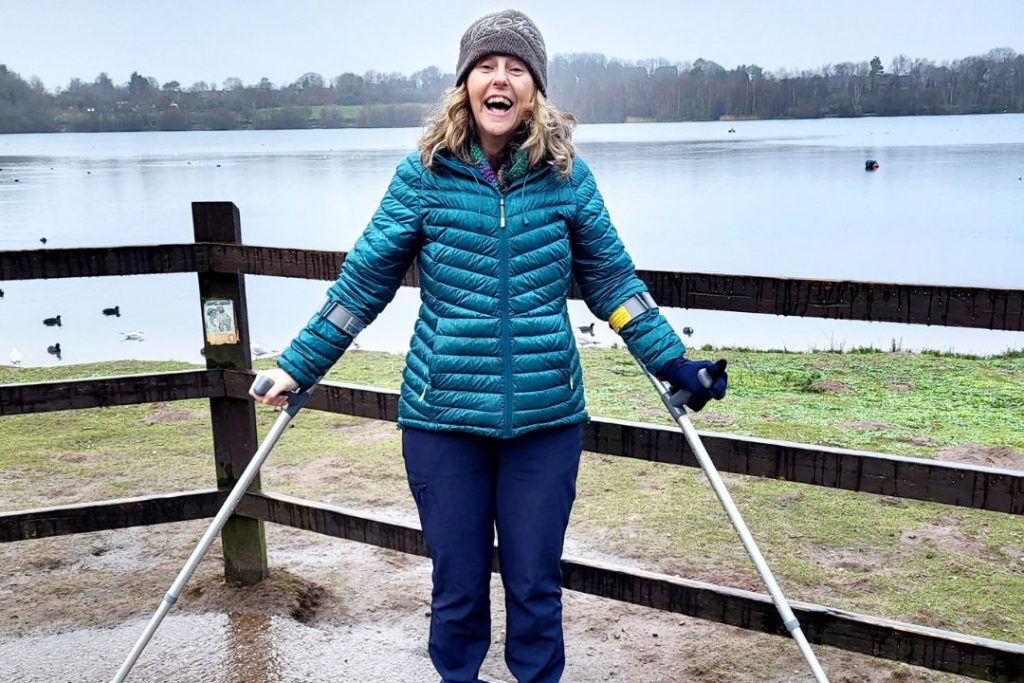
Is the second hip replacement easier than the first?
During the week after my second full hip replacement a key thought has been on my mind. Is it better to know what you’re letting yourself in for or is ignorance truly bliss?
For, like restarting exercise programmes or sticking to resolutions, it can be daunting when you know what’s coming. It’s particularly hard not to worry that you’re falling behind after a second hip replacement. Are you keeping up with your healthier eating habits? Are you walking as often as you did last time? Will I be as good with the physio exercises after the pain has gone? It all takes commitment, which is what I want to help with here.
Getting a walking routine after a hip replacement is important
Firstly, when you have a hip replacement, be it first or second time, it’s vital to balance movement with rest. This way you get the happy medium of blood flow, good circulation, and leg rest. It sounds simple, doesn’t it? But when everything takes longer and you’re hazy from painkillers, it’s easy to forget to exercise throughout the day.Space
Without question, once you have reached your six week goal and been signed off by your consultant a good starting point is the UK health service recommendation of 150 minutes of exercise a week. You can, for instance, break that down into 7 x 20-minute sessions a week or 10 x 15-minute bursts. Looking at it that way, it should be a doddle. Particularly as research shows you can accumulate the walks through the day. You don’t need long workouts. Several 10–15 min brisk bouts woven into daily life – school runs, errands, stairs, dog walks – stack the benefits (Nature). So, if that’s the case:
How to build a good walking habit following your hip replacement
Put the date in your diary: For many it is simply that they don’t make walking a priority in their day. On the other hand, I know of people who quite literally make it part of their weekly diary. It goes in as a walking break and it’s non-negotiable – just as you would with any meeting. You wouldn’t ignore a meeting with a client because you couldn’t be bothered, would you? Similarly, you wouldn’t forget to go out for coffee with a friend. So, try treating exercise for your body like an important meeting and schedule a daily walk.
‘Outsource’ the walking motivation
If you still haven’t got over the ‘hump’ of establishing a habit, get outside help. Can a friend, family member or neighbour join in your mission to walk more? For some people, putting your steps to good use with a charity cause makes all the difference. This is what trundl is all about – a different sort of motivation to get moving and help others at the same time.
The early walking bird catches the worm:
Many I know get up early and go for a walk or exercise before the day starts. Otherwise, they know it’s not going to happen. Try putting your shoes and gear ready by the front door to help build the walking habit. Before long you’ll realise how productive your day becomes, and it will become pleasure rather than an act of willpower.

Wind down time: But of course, there are those who like to work out in the evening and unwind after the day. The important thing is to make walking and exercise work for you and your body. If your hips are too stiff in the morning, walk later rather than pushing through the pain.
Whatever your preference, studies show that it takes 16 weeks to build a habit. Which can become difficult to maintain if you haven’t put a proper plan in place.
Overall, remember that exercise after a hip replacement is vital:
A week on from my hip replacement, I know that without my regular, short and slow walks and exercises, I am at risk of DVT. In simple terms, this means I have a much higher chance of a stroke, heart attack or blood clot. So, I wouldn’t dream of missing those exercises or not go out walking. It’s non-negotiable because of the risk.
We all need to walk more
I hope that my experience of two hip replacements will be useful to someone facing their own surgery. As I’ve shown, getting active and going out walking is vital for recovery, but it’s important for all of us.
Research shows that being active a great prevention of major illness like cancer, depression or diabetes. While a hip replacement can focus the mind, many of us choose to ignore the statistics. But can we really afford to?
We have evolved over thousands of years to be on two legs and put one foot in front of the other. Space
So, please take my civilian prescription and get walking to do your hips, mind and body a lot of good.
Hil Mines is the founder of walking for charity app trundl. She first dreamed up the concept of trundl when she was in rehab over 10 years ago. Today trundl is living up to those dreams, helping people feel great about getting outdoors and helping UK causes at the same time. No matter how far or fast they can go.




